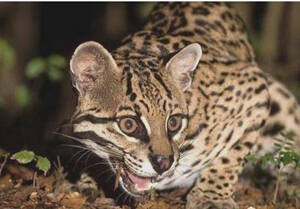
The South American tiger cat (scientific name: Oncifelis guigna) is also known as Kodkod in English. It is the smallest cat in America and has two subspecies.The South American tiger cat is mainly single and territorial. Its hunting style is similar to that of most cats. It is good at climbing and i...
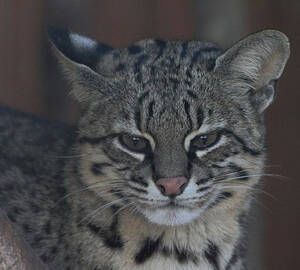
Geoffroy's Cat (scientific name: Leopardus geoffroyi) is called Geoffroy's Cat in foreign language. There are 5 subspecies.Geoffroy's Cat is a solitary and secretive nocturnal walker, and it will come out at dawn and dusk. It is a typical arboreal animal, and often looks for food on the...
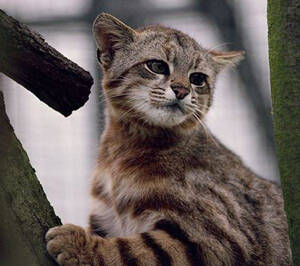
Pampas Cat (scientific name: Leopardus colocolo) is also known as Pampas Cat, with 8 subspecies.Pampas Cat is mainly active at night, is an expert climber, very ferocious, and very agile. It mainly preys on small mammals, mainly rodents and guinea pigs, but also catches ground-dwelling birds and eve...
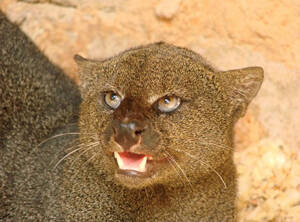
The slender-waisted cat (scientific name: Herpailurus yaguarondi) is also known as Jaguarundi and Eyra Cat in foreign languages. There is only one species in this genus, namely the slender-waisted cat. It is a medium-sized wild cat. In some Spanish-speaking countries, the slender-waisted cat is also...
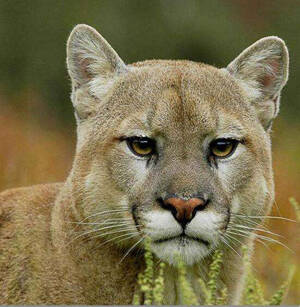
Puma (scientific name: Puma concolor) is also known as Puma or Mountain Lion in foreign languages. It is an animal of the class Mammalia, family Felidae, and genus Cat. Based on the classical genetic analysis by Culver et al., 32 subspecies have been identified and described. In 2000, it was suggest...
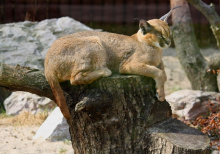
African Caracal (scientific name: Caracal aurata, synonymous scientific name Profelis aurata) is called African Golden Cat in foreign language. It is a medium-sized wild cat with 2 subspecies.In Africa, African Caracal was once named African Golden Cat. They are considered "sons of leopards&quo...

Borneo Golden Cat (scientific name: Catopuma badia) is also known as Borneo Bay Cat in foreign languages. It has no subspecies.In 2006, Johnson and Eizirik et al. studied the Bornean golden cat together with the Asian golden cat and clouded cat of the same genus, and determined that the Bornean gold...

Flat-headed Cat (scientific name: Prionailurus planiceps), also known as Flat-headed Cat, or simply Flat-headed Cat, is a small wild cat with no subspecies.Flat-headed ocelots appear at dusk and dawn, and hunt at night or dawn. They mainly prey on frogs, fish and crustaceans, and also catch rats and...
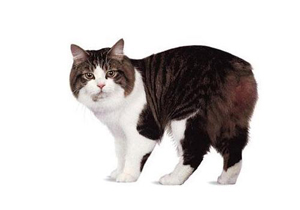
The Cymric cat is also called the long-haired Manx cat. It is a long-haired variant of the Manx cat. Like the Manx cat, it is tailless. It is a long-haired cat without a tail. The Cymric cat is not from Wales, nor is it from the UK like the Manx cat. It was first bred in Canada in 1960, and a short-...
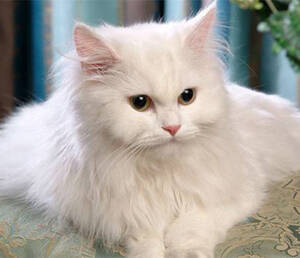
The Ankara cat, also known as the Turkish Angora cat, is one of the oldest long-haired cat breeds and was named after the capital of Turkey. Ankara's old name - Angola. Its origin dates back to the 16th century, making it the oldest long-haired cat breed. Since its introduction to Europe, its no...
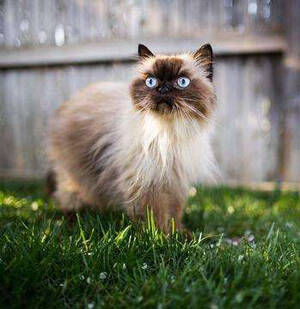
The Himalayan cat is named because it looks very similar to the rabbit with this name, and has nothing to do with the Himalayas. The breeding of Himalayan cats can be traced back to 1924, when a Swedish geneticist crossed Siamese cats, Burmese cats and Persian cats, but did not get obvious results....
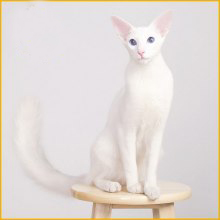
The Oriental Longhair is a new breed obtained by crossing the Oriental Shorthair and the Balinese (semi-longhaired Siamese cat). TECA announced the standard of this breed in 1998. This breed is still rare in Europe.Oriental longhair cats are very lively, energetic, playful, strong-willed, and more d...
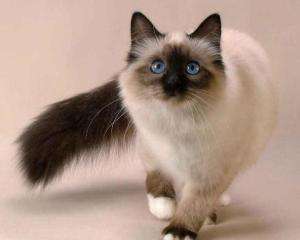
Balinese cats are produced by natural mutation or hidden genetic traits of Siamese cats, so they were originally called long-haired Siamese cats. Balinese cats originated in the United States. They are long-haired mutants found in the offspring of Siamese cats raised by Mrs. Beren Smith in New York...
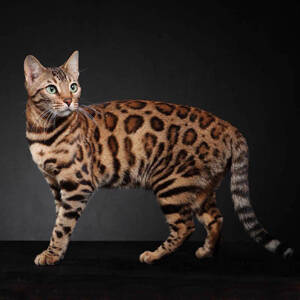
The term "leopard cat" actually refers to two types of cats. One is the wild Asian leopard cat (a small wild cat with leopard-like patterns), and the other is a new breed of domestic cat produced by cross-breeding between Asian leopard cats and domestic cats. The leopard cats we refer to h...

The first Ocicat kitten was born in Europe in 1984. The spots on the body are carefully bred. The entire coat is striped, except for the tip of the tail, and the body has a distinct spotted pattern. The coat color is different from the eye color, but blue eyes are not allowed. Another important feat...

The origin of the name of the Chateau cat is that it is the same color as the monk's robes of the Chateau cat sect monks, or it is the descendant of the blue cat born in the Chateau cat sect monastery. No matter which legend it is, it is related to the Chateau cat sect monastery. But in fact, it...
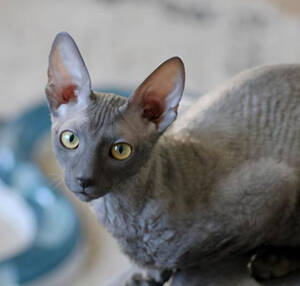
Cornish Rex, also known as Cornish Rex in English, can be described as "extreme". It is the opposite of Persian cats (or Garfield cats). It is extremely friendly, extremely slender, extremely tall, extremely lively, with an extremely small head, extremely large and upright ears, extremely...
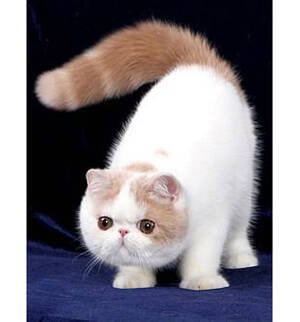
Exotic Shorthair, also known as Exotic or ExoticShorthair, was bred in the 1960s in the United States by artificially mating long-haired cats such as Persian cats with American Shorthair cats and Burmese cats. When the breeding plan was first carried out, the Exotic Shorthair cats were still very th...
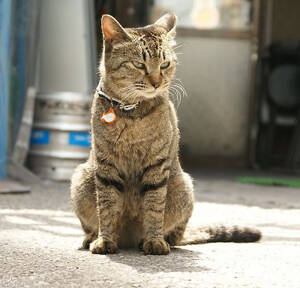
The scientific name of the tabby cat is Tigertight Felis, which was bred by American pet lover Judy Sagin after 15 years of attempts. In 1980, American pet lover Judy Sagin found that her two tabby cats had very unique stripes. So she introduced another male cat with similar stripes from India to ma...
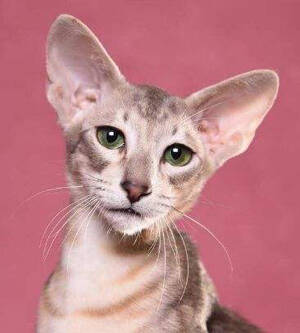
Oriental Shorthair Cat, scientific name Felinae, has a charming oriental body shape, and exudes a unique charm of oriental cats.The birth of the Oriental Shorthair Cat with big ears seems to be an accident. In order to create pure white Siamese cats, white cats and Siamese cats were bred. However, t...